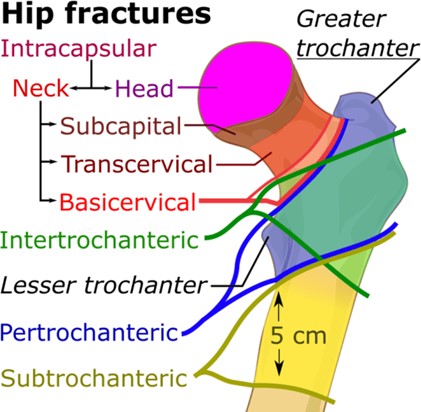A nurse is reinforcing teaching with a client who has multiple sclerosis and is learning how to use the four- point alternate gait with crutches. Identify the order of the steps the nurse should give to the client. (Move the steps of the four-point alternate gait into the box on the right placing them in the selected order of performance. Use all the steps.)
Move the right crutch about 10 to 15 cm (4 to 6 in).
Move the left foot forward.
Move the left crutch forward.
Move the right foot forward.
The Correct Answer is A,B,C,D
The order of the steps for the four-point alternate gait with crutches is as follows: move the right crutch about 10 to 15 cm (4 to 6 in), move the left foot forward, move the left crutch forward, and move the right foot forward. This gait patern provides maximum stability and support for the client by keeping three points of contact on the ground at all times.
Nursing Test Bank
Naxlex Comprehensive Predictor Exams
Related Questions
Correct Answer is A
Explanation
a.Skeletal traction is often better than skin traction for reducing and maintaining alignment of a fracture because it involves the insertion of pins, wires, or screws directly into the bone, allowing for greater force and stability.
b.Clients in skin traction typically have less mobility compared to those in skeletal traction. Skin traction is usually used for short-term purposes or less severe fractures and involves attaching weights to the skin using adhesive materials or bandages, which can limit movement to some extent.
c.Skeletal traction involves inserting hardware into the bone, which creates an entry point for potential infection. Therefore, it has a higher risk for infection compared to skin traction, which does not involve invasive procedures.
d.While both types of traction can cause discomfort, skeletal traction is typically more invasive and can be associated with more discomfort and pain due to the pins or wires inserted into the bone. Skin traction, while uncomfortable due to the adhesive and pressure on the skin, generally causes less discomfort than skeletal traction.
Correct Answer is D
Explanation
The nurse should reinforce to the client that Buck's traction promotes relief from muscle spasms. Buck's traction is a type of skin traction that is widely used for fractures of the femur and hip². It uses splints, bandages, and adhesive tapes to position a limb near the fracture and then applies pressure using weights and pulleys. One of the goals of Buck's traction is to lessen or eliminate muscular spasms.
a. Reduction of the fracture is not the primary purpose of Buck's traction.
b. Support for moving the extremity is not a primary outcome of Buck's traction.
c. Alignment of the pins is not applicable to Buck's traction as it does not involve inserting pins into the
bone.

Whether you are a student looking to ace your exams or a practicing nurse seeking to enhance your expertise , our nursing education contents will empower you with the confidence and competence to make a difference in the lives of patients and become a respected leader in the healthcare field.
Visit Naxlex, invest in your future and unlock endless possibilities with our unparalleled nursing education contents today
Report Wrong Answer on the Current Question
Do you disagree with the answer? If yes, what is your expected answer? Explain.
Kindly be descriptive with the issue you are facing.
